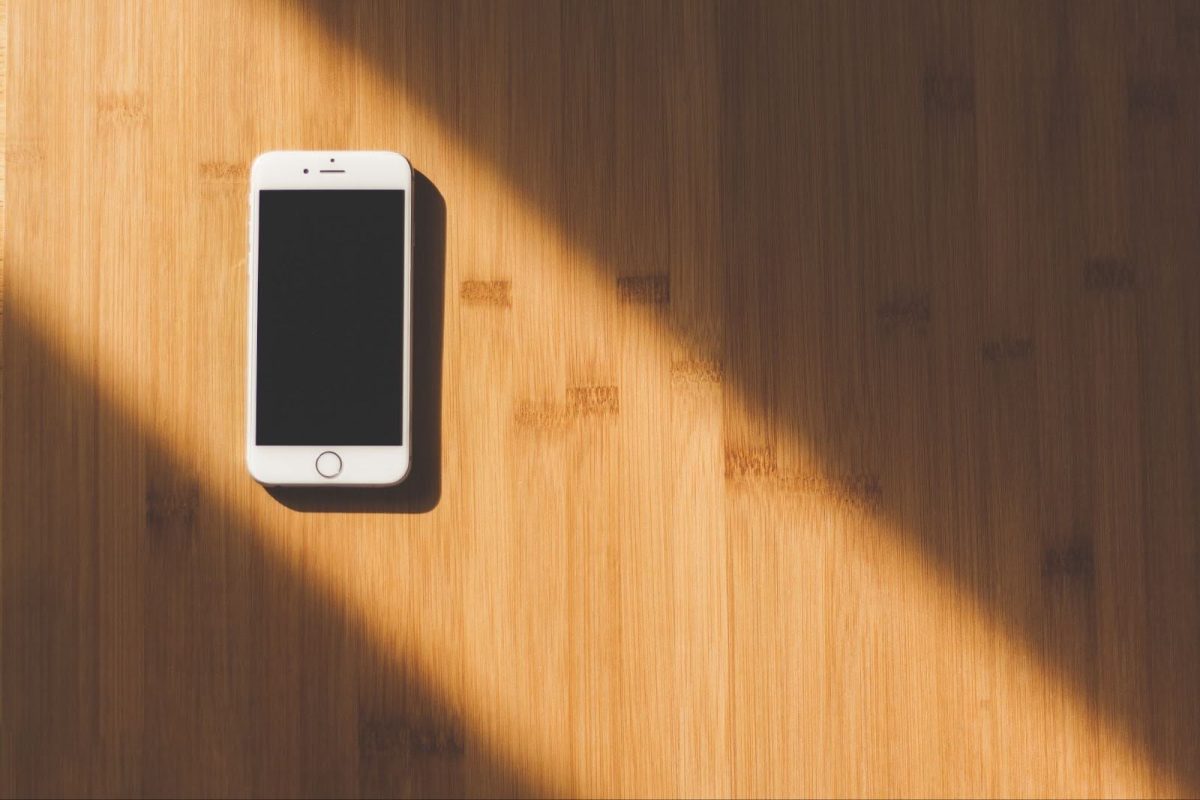Starting in the United States in March, the SAT is going fully digital. This has become a hotly debated topic, with different people taking different sides. The new SAT will be shorter due to shorter reading passages and more direct questions. Most importantly, an adaptive feature is being added. This means that the second section of both the Reading and Math halves of the test will be harder or easier based on one’s performance on the first section. However, this brings up an important question: How will this be fair when scoring the test?
For current seniors, this change doesn’t really affect them. However, they still have opinions on the matter. Kaelyn Nikmanesh, a senior who has previously taken the paper SAT, comments, “It’s just a different strategy. Maybe it’s easier, because you don’t have to fill in the bubbles which takes a lot of time. But also, I feel like it’s harder to do math, and people don’t like reading things online.”
Juniors, however, will be affected by this if they haven’t taken the SAT yet. On October 10th and 11th, the PSAT was administered at La Jolla High. Since it was digital, it provided a glimpse into what the digital SAT could be like. For some, this meant problems. Junior Fiona Hanley said, “When I went to submit it, the WiFi went out, and I had to wait for 45 more minutes for the counselors to figure it out.” Clearly, going digital has some irritating consequences.
Overall, it seems that the changes to the SAT are very drastic. There is a lot of change in our current world, and in order for things to stay current, they have to meet the technological standard we have set as a society. However, for the SAT—which is still important to the increasingly competitive college admissions process—to go digital, there is the potential for consequences that no one has foreseen.




